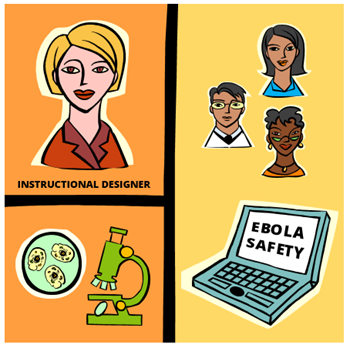Yesterday,
the 7th of December, 2014 marked the beginning of another year in my
life. I indeed had a wonderful time surrounded by family and friends. There was
food, fun and fellowship as we celebrated another mile stone in my life, four
decades of God’s faithfulness to me.
This wasn't the first time I would be having family and friends celebrating my birthday
with me, (although there have been quite a number of very quiet birthdays) but
as a family tradition we like to make a big deal about birthdays, as we use it
as an opportunity once again to reaffirm our love for the celebrant and remind
each other of how special he or she is to us. But there was something different
about this birthday.
The
major ‘high’ for me on this day was getting birthday wishes from across the
continent. I couldn't help but brag to my family and friends at home about my
international connection and Global friends Thanks to the Microsoft Innovative Educator
Expert 2015, I got wishes from different continents, awesome.
Being
part of the MIEExpert 2015 family has been one of the best things that has
happened to me this year. I would like to say a big thank you to all the MIEExperts
who gave me a shout out on my birthday and especially my Indian Friend, Hari Krishna Arya Who made a customized
greeting and initiated the whole thing. All these makes me glad to be a part
of an awesome and wonderful global family of MIEExpert 2015.
Love
you all and hope to have the privilege to meeting you one on one. My Thanks
also goes to Microsoft for creating the platform to build bridges and connect
with people through ICT.

.jpg)
.jpg)
















![Caption: By Family member of Thaxter P. Spencer, now part of the R. Stanton Avery Special Collections, at the New England Historic Genealogical Society. (New England Historic Genealogical Society) [Public domain], via Wikimedia Commons](https://iversity.org/blog/wp-content/uploads/2014/02/Helen_Keller_with_Anne_Sullivan_in_July_1888.jpg)